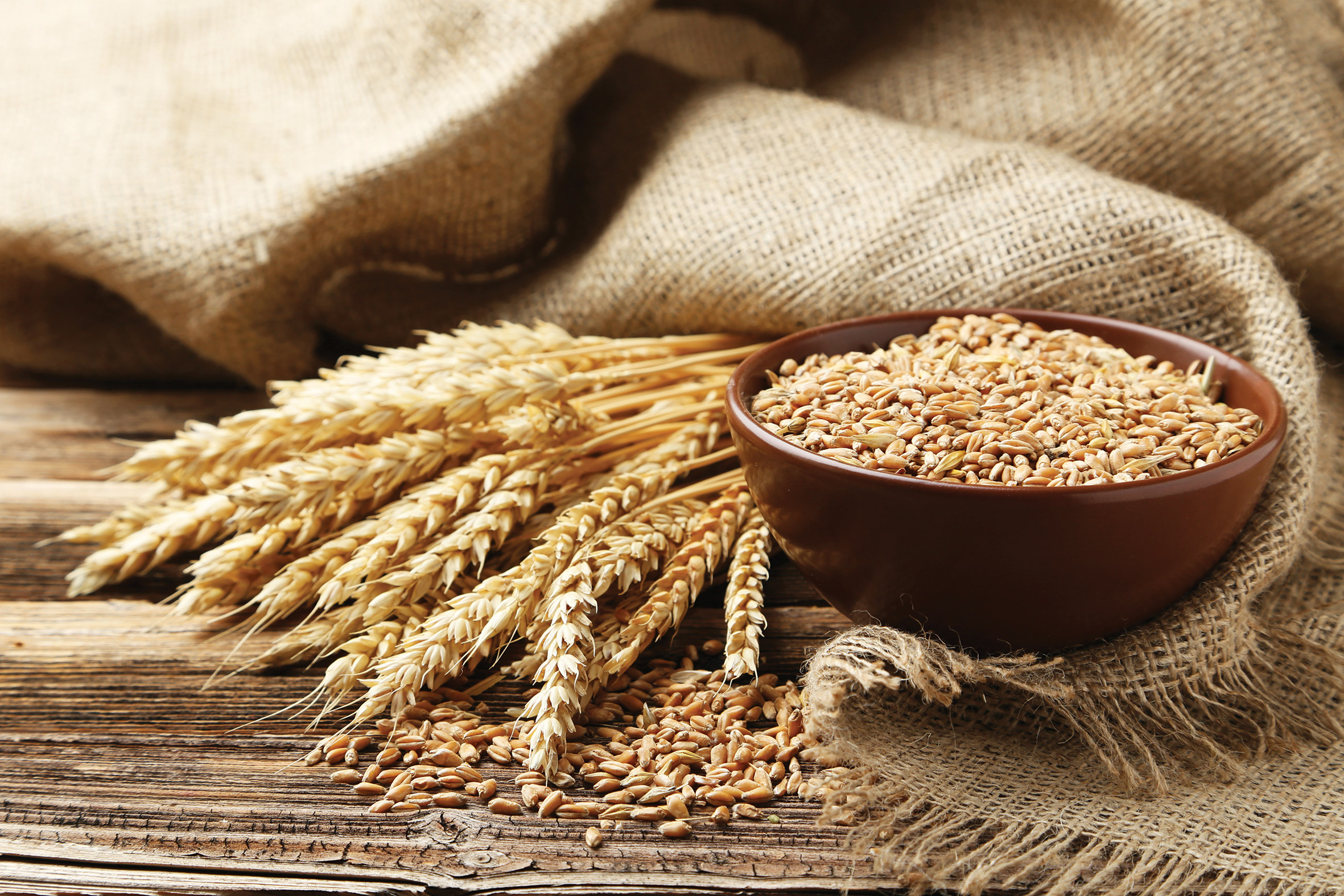Wheat has been the staple of modern society for as long as one can remember. Of late, however, the grain has been receiving a lot of bad rap from experts, who have questioned its nutritional benefits. so, Is there something truly wrong in the harmless-looking wheat rotis that you eat every day?
Deepika Nandal decodes the noise around the grain.
Peek into the past
If you look back in history, it took a long time for an ordinary farmer to grow wheat. No wonder the supply of the grain—which is said to have originated in Syria—wasn’t the same as today. We’ve become a land of excess wheat, and our television screens often show news reports of its oversupply and wastage. So, how did we progress this fast? “Thanks to the green revolution, the production of wheat got a huge boost by the government back in the ’40s and ’50s,” says Bengaluru-based Namu Kini, CEO of the organic food label and store, HappyHealthyMe. The use of pesticides like graphene oxide hamper the grain’s quality, adds Namu. Which is a part of the reason why, ambiguity prevails; the way of growing wheat and the method of processing it aren’t the same anymore. So, how does one deal with the grain in such a scenario?

Embrace the ancient millets
If you’re someone who only eats wheat, it’s a great idea to add the traditional millets and grains in your diet. When Chennai-based entrepreneur Manoj Bisani attended a few health workshops four years ago, he realised the fact that millets like pearl millet (bajra) and sorghum (jowar) are way older than wheat. “These millets are the traditional food items that we consumed back then and are highly nutritious as well, which is why, I minimised my wheat consumption,” says Manoj, owner of Taruvar, a newly-opened lifestyle store that offers organic and natural products. “Usually, it’s a multigrain roti in my breakfast, and my lunch and dinner consists of millets like bajra and jowar roti depending on the weather,” says the 46-year-old fitness enthusiast.
Look at the full picture
That wheat isn’t as old as pearl millet is true, but here’s why you should not entirely give up on the grain. “Wheat is a whole grain that’s rich in several B vitamins, vitamin E, zinc and phytonutrients,” says Delhi-based clinical nutritionist Ishi Khosla. “Wheat, however, can act as toxic for those who are allergic to it or suffering from celiac disease (damage to the gut leading to deficiencies and diseases), and even for those who are non-celiac gluten-sensitive or have other skin or auto-immune/inflammatory disorders,” says Ishi, who has authored books like, Is Wheat Killing You?

Create a balance
Allergies and infections that were supposedly more prominent in the Western side of the world are now commonly seen here in India as well. “Allergies are increasing across the globe. Change in food, processed foods, GM foods, indiscriminate use of pesticides, toxic environment, regular use of medicines or excessive medications and poor digestive health are certainly contributing to rise in allergies and food sensitivities,” confirms Ishi. Breaking the habit of eating wheat on a daily basis can be hard, but it’s only possible if you explore other grains and millets consistently. “Ideally, mono-grain culture should be changed to a multi-grain one,” says Ishi, and adds, “Include alternative grains and millets such as pearl millet, sorghum, ragi, amaranth, teff, pulse flowers, rice, and chestnut flour.” Wheat and other high glycaemic grains are best eaten by sunset, she further adds. Namu, on the other hand, recommends emmer wheat that’s grown in states like Karnataka, Gujarat and Maharashtra. If you buy a local wheat variety, make sure the texture of your flour is not fine or highly refined. “Go for a dark brown roti that has a nutty and earthy flavour and when you roll it, it doesn’t feel rubbery,” adds Namu.
Take the challenge
As a homemaker, it might be difficult for you to make your kids and elders eat other grains and millets, other than wheat. But Namu, who’s a mother of two, says that if you make sure the food is delicious, the kids can develop a liking for them. Play with flavours and create a tasty meal. Also, opt for organic wheat flour as it’s grown without chemicals. Some of us, however, might find switching to organic food a bit expensive. But again, there are a large number of organic brands in operation today, which have brought prices down. Also, if your roti is white as maida, you might as well skip buying the packaged wheat flour and get your own flour made at a local chakki like the older times. At the end of the day, the key is in maintaining a healthy diet that consists of grains like wheat, rice and millets.


